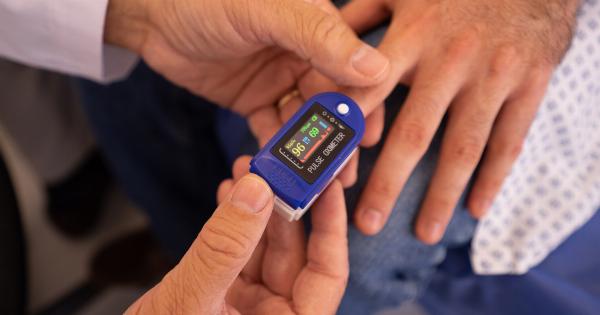For years, doctors have used echocardiograms and MRIs to detect heart failure in patients. However, these tests are time-consuming and invasive, requiring patients to undergo uncomfortable procedures.
Now, a new exam has been developed that can detect heart failure much faster and without any invasive procedures. This revolutionary exam could revolutionize the way doctors diagnose and treat heart failure.
What is heart failure?
Heart failure occurs when the heart is unable to pump blood efficiently. When the heart is unable to pump blood efficiently, the organs and tissues in the body don’t receive enough oxygen and nutrients.
This can lead to a variety of symptoms, including shortness of breath, fatigue, and swelling in the legs and ankles. Heart failure can be caused by a variety of factors, including high blood pressure, heart disease, and diabetes.
How is heart failure currently diagnosed?
Currently, doctors use a variety of tests to diagnose heart failure. Echocardiograms and MRIs are two of the most common tests used to diagnose heart failure.
These tests allow doctors to see detailed images of the heart and its structures, allowing them to identify any signs of heart failure. However, these tests are time-consuming and often require patients to undergo uncomfortable procedures.
What is the new exam that can detect heart failure faster?
The new exam that can detect heart failure faster is called a myocardial perfusion imaging (MPI) test. This test uses a small amount of radioactive material and a special camera to create images of blood flow through the heart.
By looking at these images, doctors can identify any areas of the heart that are not receiving enough blood, which is a sign of heart failure.
How is the MPI test different from echocardiograms and MRIs?
The MPI test is different from echocardiograms and MRIs in a few key ways. First, the MPI test is much faster than echocardiograms and MRIs. While echocardiograms and MRIs can take hours to complete, the MPI test can be completed in just a few minutes.
Additionally, the MPI test is non-invasive, which means that patients do not have to undergo any uncomfortable procedures.
Are there any risks associated with the MPI test?
Like any medical test, there are some risks associated with the MPI test. However, these risks are very small. The amount of radiation used in the test is very low, which means that the risk of developing cancer from the test is minimal.
Additionally, the test is non-invasive, which means that there is no risk of infection or bleeding.
What are the benefits of the MPI test?
The MPI test offers several benefits over other types of tests used to diagnose heart failure. One of the biggest benefits is that the test is much faster than other tests.
This means that patients can receive a diagnosis and begin treatment much sooner, which can improve their chances of recovery. Additionally, the test is non-invasive, which means that patients do not have to undergo any uncomfortable procedures. Finally, the test is very accurate, which means that doctors can be confident in their diagnosis.
Who can benefit from the MPI test?
Anyone who is experiencing symptoms of heart failure can benefit from the MPI test. The test is particularly useful for patients who are at risk for heart failure, including those with high blood pressure, heart disease, and diabetes.
Additionally, the test can be used to monitor the progression of heart failure in patients who have already been diagnosed.
Conclusion
The MPI test is a revolutionary new exam that can detect heart failure much faster and without any invasive procedures.
This test could revolutionize the way doctors diagnose and treat heart failure, helping patients receive a diagnosis and begin treatment much sooner. While there are some risks associated with the test, the benefits far outweigh the risks, making the MPI test an excellent option for anyone who is experiencing symptoms of heart failure.
























